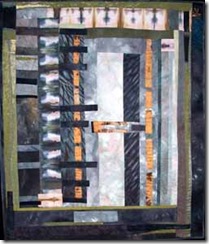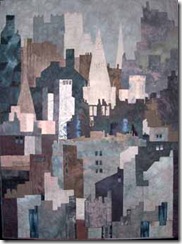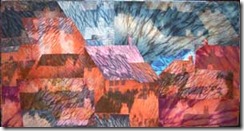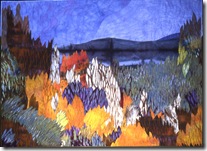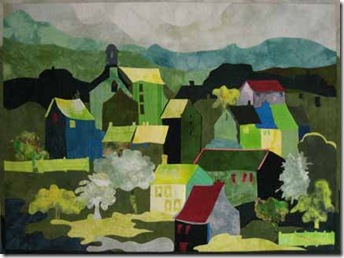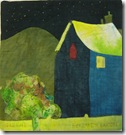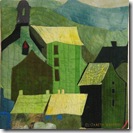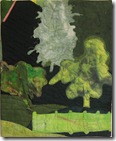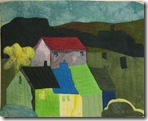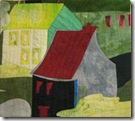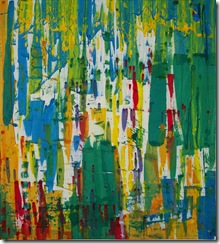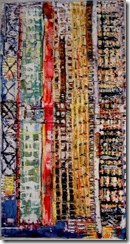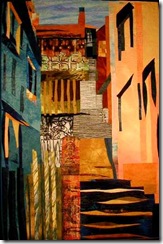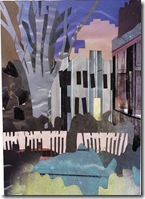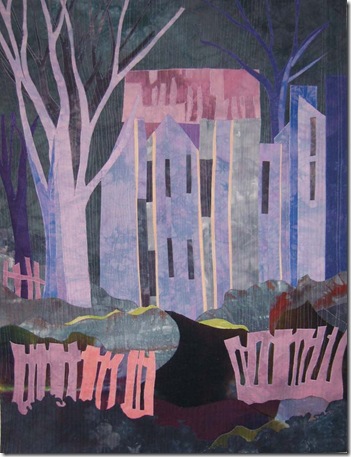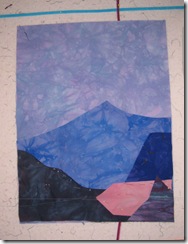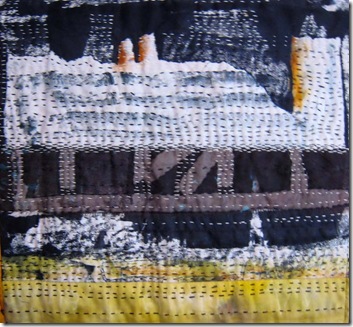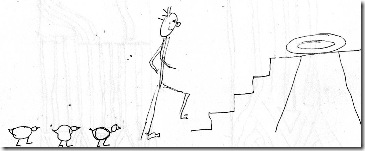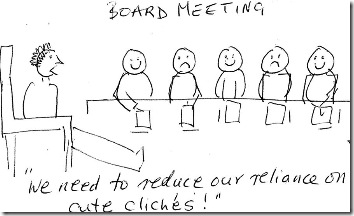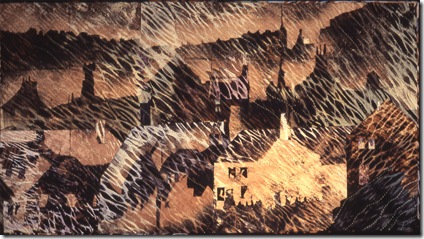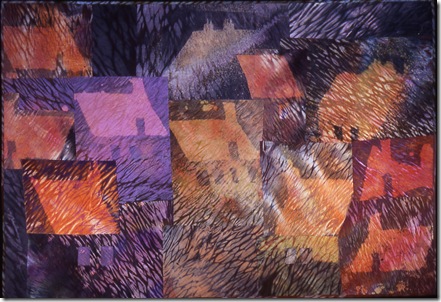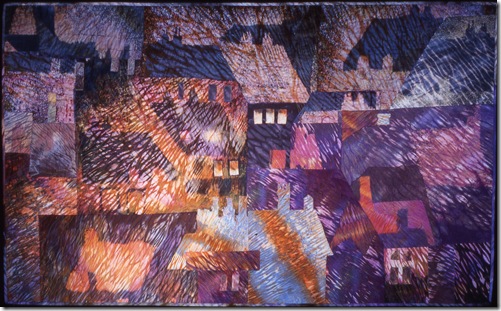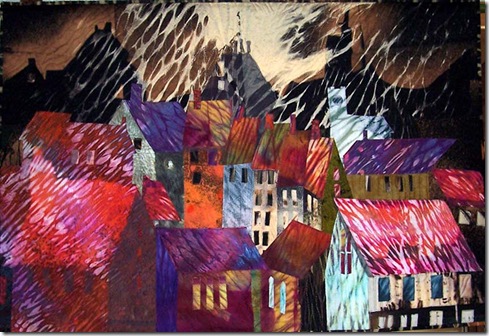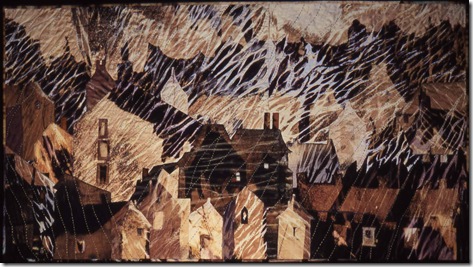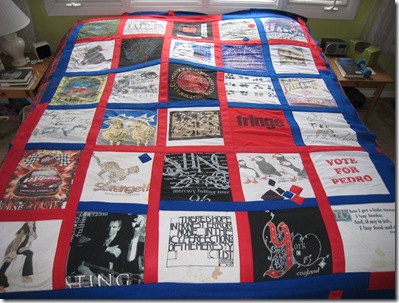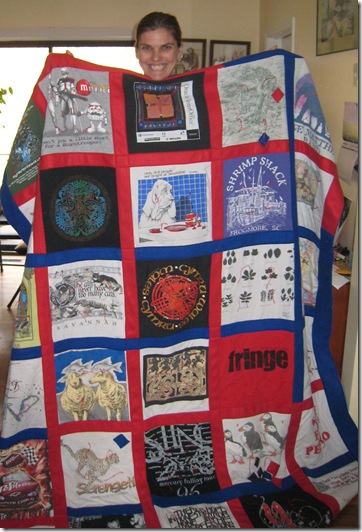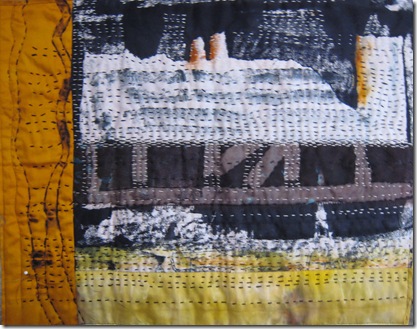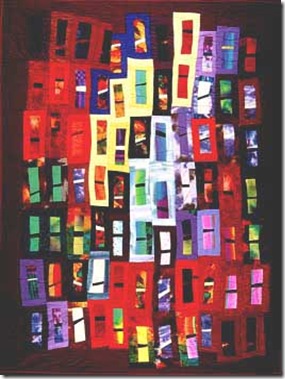I’m torn between trying to strengthen older pieces or taking a New Year’s leap right into something new and fresh! It’s always difficult for me to give up on things..I’m the one with the poinsettia with two green leaves left on it in the middle of summer!
When do you give up on something? what are the options? I’m talking about pieces that never get into any shows or those that I never even think of entering because there are other pieces that simply stand out more. For example, I love a grisaille effect, but there’s no chance a nice grey piece will ever get into a show when the jurors’ eyes are dazzled with orange and red and emerald and sapphire!
I’ve had several pieces I considered so boring or too muddy I’ve despatched them straight to the thrift store…I reckon some deserving moggie is welcome to a bit of layered and stitched fabric. 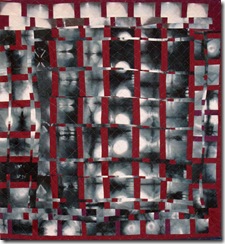
Other pieces have really benefited from some judicious surgery - lopping off an unwanted foreground or background, cropping off unnecessary borders and the like. (as you can see I was even able to flip the one below horizontally! no mean feat!!)
Sometimes even complete separation is the only answer as in the conjoined sextuplets below!
Others just don’t seem to have any real focus or structure and will probably be stronger with something added to them.
The one on the right above was similar to the one on the left, but I went back in and gave it a strong vertical structure….I need to figure out the best way to do this to the one on the left.
I love trading work too, whether for paintings, sculptures, or services rendered!
Of course other pieces are okay, just not Amazing Pieces (well, not even semi- amazing, I don’t think I’ve ever achieved what I’d call a true AP!! but…there’s still time!). They are well made, well composed and very liveable with but don’t have a tremendous Zing to them. Those pieces are really good to use when you’re asked to donate work (as we know artists so often are).
And then there’s the Relatives!!! Yes! I’ve even done that! No shame at all!!
And so I give away, throw away, add to, delete from, donate and disperse however I can whenever I’m not sure that a piece is even part way to what I had hoped to achieve with it. I have a secondary wall in the study where I put this work up; I can gaze at it when “on hold” and try to figure out to which of the above categories it belongs. I have found that if you really think a piece is good, even though it has been rejected over and over, eventually there will be someone who loves it. Many of the above pieces have (I’m happy to say!) gone to good homes!!
And so …back to pondering I think if I’ve not figure out a good tonic for the anaemic patients by the end of this year, they’ll be off to a back ward!
So, if you have been, thanks for reading and thank you for all your time and comments in 2010! Onward and upward! Elizabeth
P.S. My blog was nominated (December 29th) for a Making a Mark prize! Thank you so much to the nominator – I do appreciate it. I wasn’t chosen for the actual prize because my blog was “too wide” – hmm I’ll have to put the poor thing on a diet! And also because there were “big blocks of text” – I’m guessing that means not enough nontext! so I shall endeavour to be skinnier and include more nontext this next year!!
